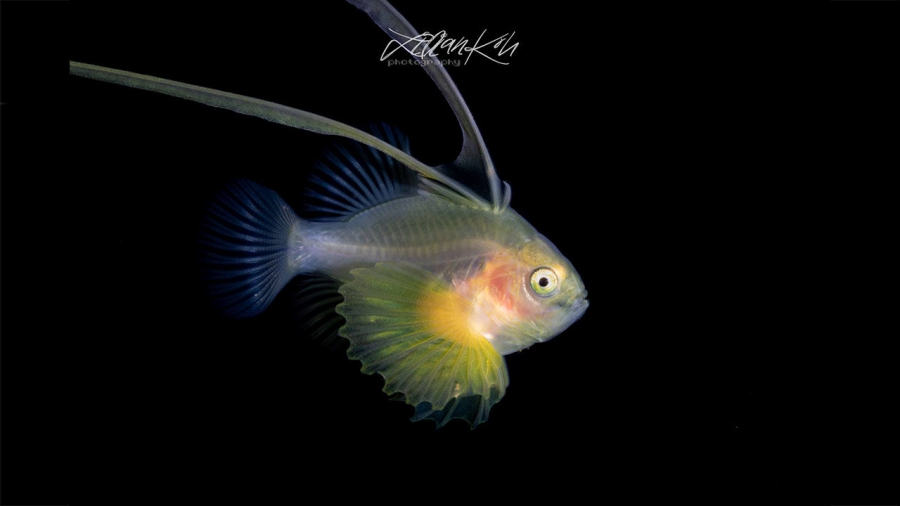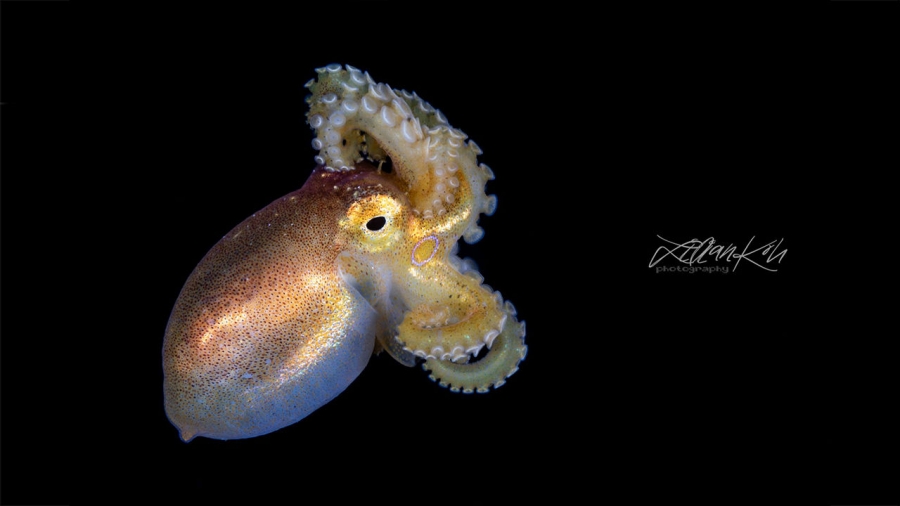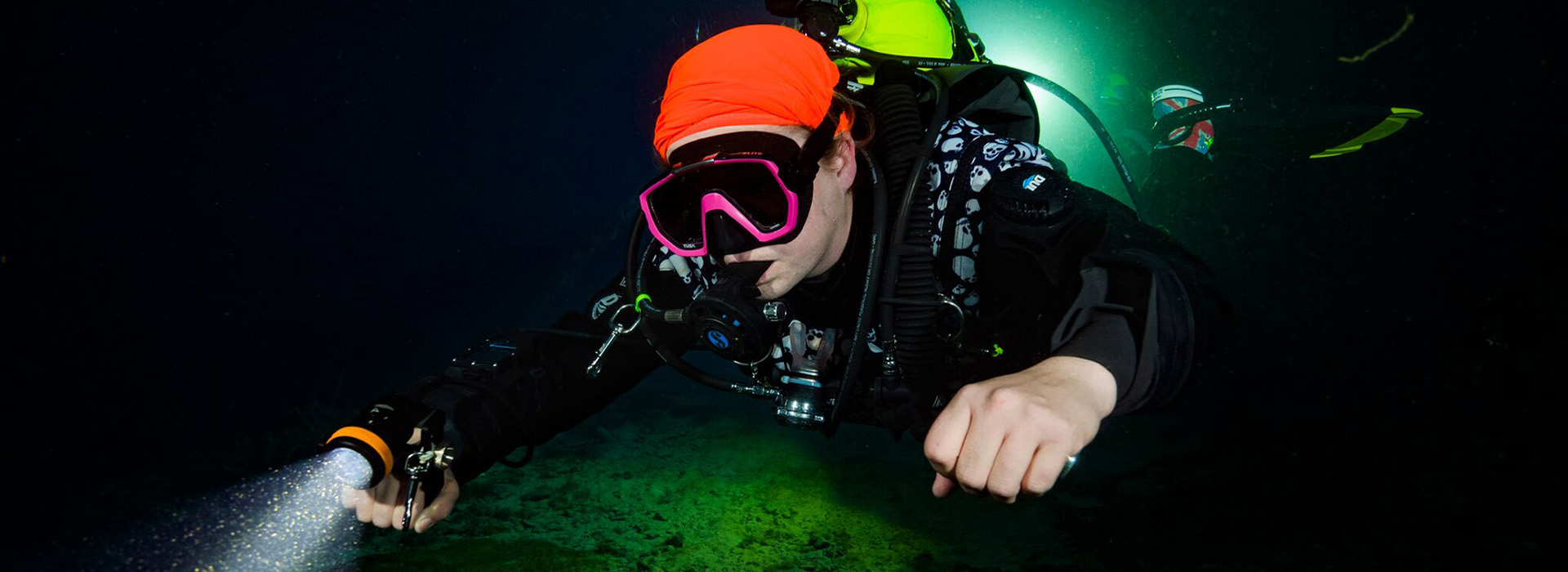Tips on Black Water Underwater Photography
Media Reports
Black water still photography is a relatively new phenomenon.
Here are the basics of it.
For the first one, You need good diving skills.
what you do is you go out over really deep water with some bright underwater video dive lights on a line and wait for all the weird little critters to come up from the deep. It's cool stuff but it also requires a ton of patience and some really good diving skills because it's so easy to lose track in your depth.
The results though are awesome what we're trying to do with this series has introduced you to the black water video. This will give you a completely different perspective on the traditional black water shots and it's guaranteed that your videos will stand out from the crowd.

For the second one, You need good photography camera settings.
no matter what your goal is in shooting a blackwater video, you're gonna have to turn the ISO up and be equipped with brighter underwater video lights with a super wide angle beam. OrcaTorch D910V lights can be your first choice.
Normally we'd like to shoot with that low ISO to reduce noise and stills and also video but in this case, it's just gonna be so dark. You're gonna have to turn that up depending on the camera. Usually, new cameras have pretty good noise reduction so you can turn it up you know 3200.
But if you're gonna test this out really try starting at 1600 and then go up and down from there find where your comfort level is, and then go with that now you're gonna need to set your frames per second.
Ideally, you want to set this at least at 60. The reason for this is we're gonna want to slow down the footage things underwater move fast. If you do a 50% reduction you can get a smooth look and bring it down to a standard 30 or even 25 frames and the viewer can't tell the difference you're using. 60 frames a second is a really easy way to do some nice slow-motion work if you can get up to 120 or higher, then you can do some great stuff.

For the third one is about backscatter.
You got everything set to make sure you grab a ton of dive light. The higher your shutter speed the more light you're going to need.
The higher your frames per second same thing lighter but the thing with black water is as you're shooting in a very small space so what you can do is you can bring your lights. And tight and create a very small little mini Theatre in between your lights the thing you want to avoid is those getting a backscatter in. You probably want at least a 5,000-lumen video light ideally a nadir at 10,000 on each arm of your rig and in the middle. You probably want a 2 or 4,000-lumen focus light. What you're using that middle focus light for is you're using it to get rid of the shadow cast by the two lights that are out on your arm. When you set those lights out of the arm to make sure the light beam intersects right where your subject isn't going to be and in black water, with all the super macro setups you're gonna have that subjects gonna be like just a couple of centimeters in front of your lives so you can minimize the backscatter and the seasickness effect.
Article Sorce: https://www.youtube.com/c/DivePhotoGuide/videos
